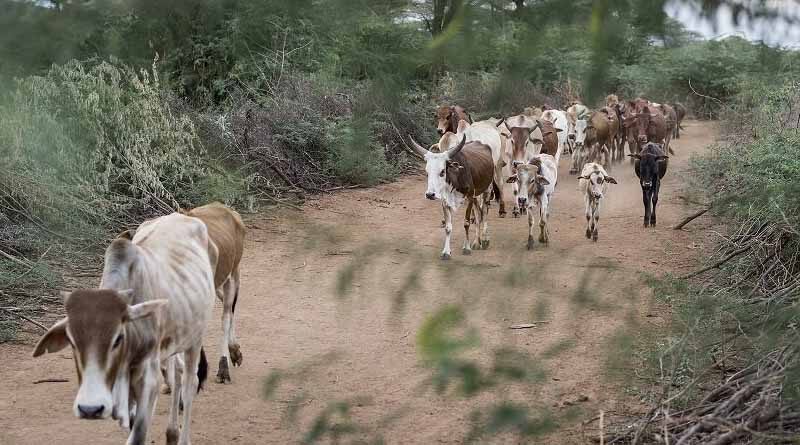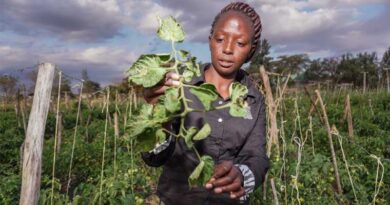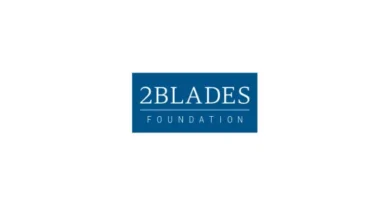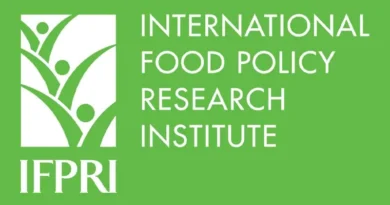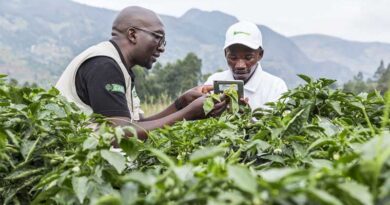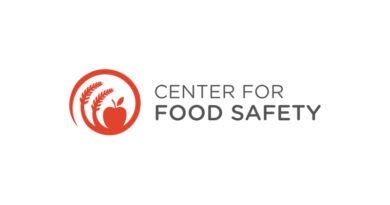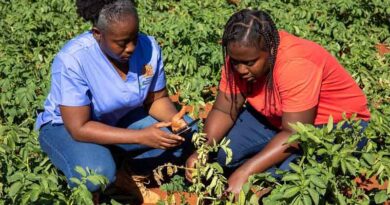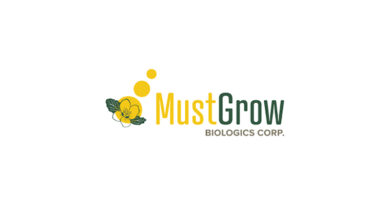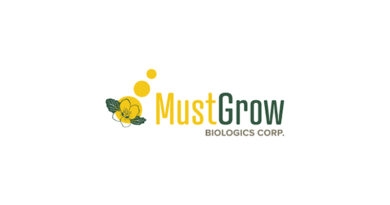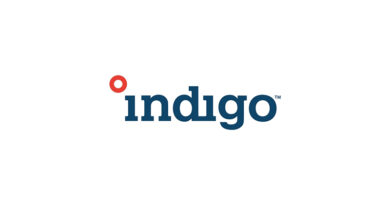Kenya’s livestock value chain may be strengthened through collaboration with US agricultural sector
23 March 2023, Kenya: CABI is conducting research and analysis of Kenya’s livestock value chain to see if it might be further strengthened through investments, trade and collaborations with the United States agricultural sector.
The work will aim to help improve the livelihoods of farmers and contribute to increasing food security for Kenya’s 47 million residents – a population which is estimated to almost double by 2050.
Half of Kenya’s agricultural workforce is employed in the country’s livestock sector which in 2020, for instance, was worth USD $995 million. The subsector raises nearly 16 million cattle and calves alone.
Other livestock which are significant to the value chain include 4.6 million camels, 19 million sheep, 28 million goats, 443,000 pigs, nearly 39 million chickens and 1 million apiaries which are reared by almost 5 million households in Kenya.
The livestock sector is a key part of Kenya’s agricultural sector but it remains underdeveloped, is largely informal and unorganized, which often results in low productivity, and farmers are not able to realize maximum profits for their stock.
Other constraints include inadequate market infrastructure and marketing systems and weak animal health services which all add extra pressure on a livestock sector facing growing demands for food, jobs and income.
As part of the project funded by the United States Department of Agriculture – Foreign Agricultural Service (USDA FAS), CABI is seeking to identify which commodities, functions and nodes within the Kenya livestock value chain may be prioritized for investment, trade and collaboration by the US agricultural sector.
Dr Lorna Migiro, Senior Scientists, SPS, based at CABI’s Regional Centre for Africa in Nairobi, Kenya, is leading the project. She said, “The first tier of activities involving a situation analysis of the livestock sector covering genetics, live animals, feed, dairy, beef, mutton, chevon, poultry, pork, camel and honey sub-sectors is complete.
“Meanwhile, constraints in the beef sector included the non-commercial nature of the pastoral production system which is relied upon as a source of beef and which manifests in low offtake rates; there is also seasonality of supply of slaughter stock due to climatic shocks, insecurity, physical barriers to accessing markets, inadequate fattening systems and old, obsolete and encroached abattoirs.
“Finally, for the dairy sector, constraints included high prevalence of informal sector in dairy marketing and consumption, unhygienic handling and quality assurance, resulting in poor milk safety and quality and excessive wastage, inadequate access to artificial insemination (AI) resources, feed inadequacy, insufficient knowledge on the management of fertility of dairy cows by farmers, high cost of packaging material for processing and overall high cost of production.”
Dr Migiro added that an assessment of the economic and livelihood performance of each value chain/sub-sector and their comparative advantages was also carried out. From that, beef and dairy value chains ranked highest, with dairy being were identified as a priority for further study in tier two.
“Following the conclusion of tier one research, individual value chain actors survey, focused group discussions and key informant interviews with a wide range of stakeholders in the dairy value chain will be conducted to document feasible opportunities for investment and collaborations with the US agricultural sector,” she said.
Also Read: Diageo India launches regenerative agriculture program in Punjab and Haryana farmers
(For Latest Agriculture News & Updates, follow Krishak Jagat on Google News)

